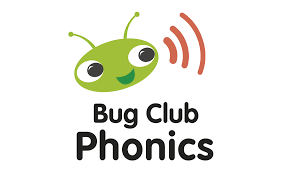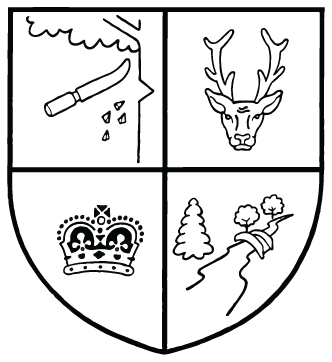Phonics
An introduction to phonics at Thomas Willingale
Most parents of young children were taught to read using a different strategy to the one used today, which is why it can be hard to know what to do for the best. This guide provides some information and advice about the current strategy in our school.
We teach children how to read using phonics. There are some other useful words you might want to know like phoneme (the sound of each letter) and grapheme (what each letter looks like). Phonemes (sounds) and graphemes (letters) are now taught in a special order, this is because education specialists have worked out that this is the best way to help children learn to read. The phonemes-graphemes are also split into groups called phases.
Phonics is a method of teaching children how to read and write. Phonics is all about sounds. There are 44 sounds in the English language, which we put together to form words. Some are represented by one letter, like ‘t’, and some by two or more, like ‘ck’ in duck and ‘air’ in chair. Children are taught the sounds first, then how to match them to letters, and finally how to use the letter sounds for reading and spelling. Synthetic phonics refers to ‘synthesising’, or blending, the sounds to read words. It is based on the idea that children should sound out unknown words and not rely on their context.
For further information about phonics, watch the video link below.
.
Bug Club Phonics
At Thomas Willingale we use the Bug Club Phonics scheme in EYFS and KS1. This comprises of daily phonics lessons taught in school alongside an online reading scheme to be used at home. This provides children with the opportunity to apply the phonics they have learnt in school directly to their reading practice at home. The online reading books are designed to support your child in practising and consolidating the phonics learning they have done at school. All the books in Bug Club Phonics have been finely-levelled to ensure that all children can read books at exactly the right phonics level for them. What’s more, there is a personalised website for each child, where they can access interactive phonics games and earn rewards. This is all designed so that your child can experience the pleasure and pride of reading their own books and become a successful reader.
The six phases of phonics:
Phase 1: | This is split into 7 aspects, which focus on hearing and talking about environmental sounds and letter sounds |
Phase 2 | Learning 19 letters of the alphabet, along with the first 5 tricky words and using them to read and spell simple words and captions. |
Phase 3 | Learning the remaining letters of the alphabet, some 2 and 3 letter digraphs, along with the next set of tricky words. Reading and writing captions and sentences. |
Phase 4 | Learning to blend and segment longer words, including words with adjacent consonants and more than one syllable. Reading and writing using these and the next tricky words, within sentences. |
Phase 5 | Learning alternative spellings and pronunciations for phonemes, including their common usage within words. Reading and writing using these and the next tricky words, within sentences. |
Phase 6 | Learning longer words and spelling rules |
